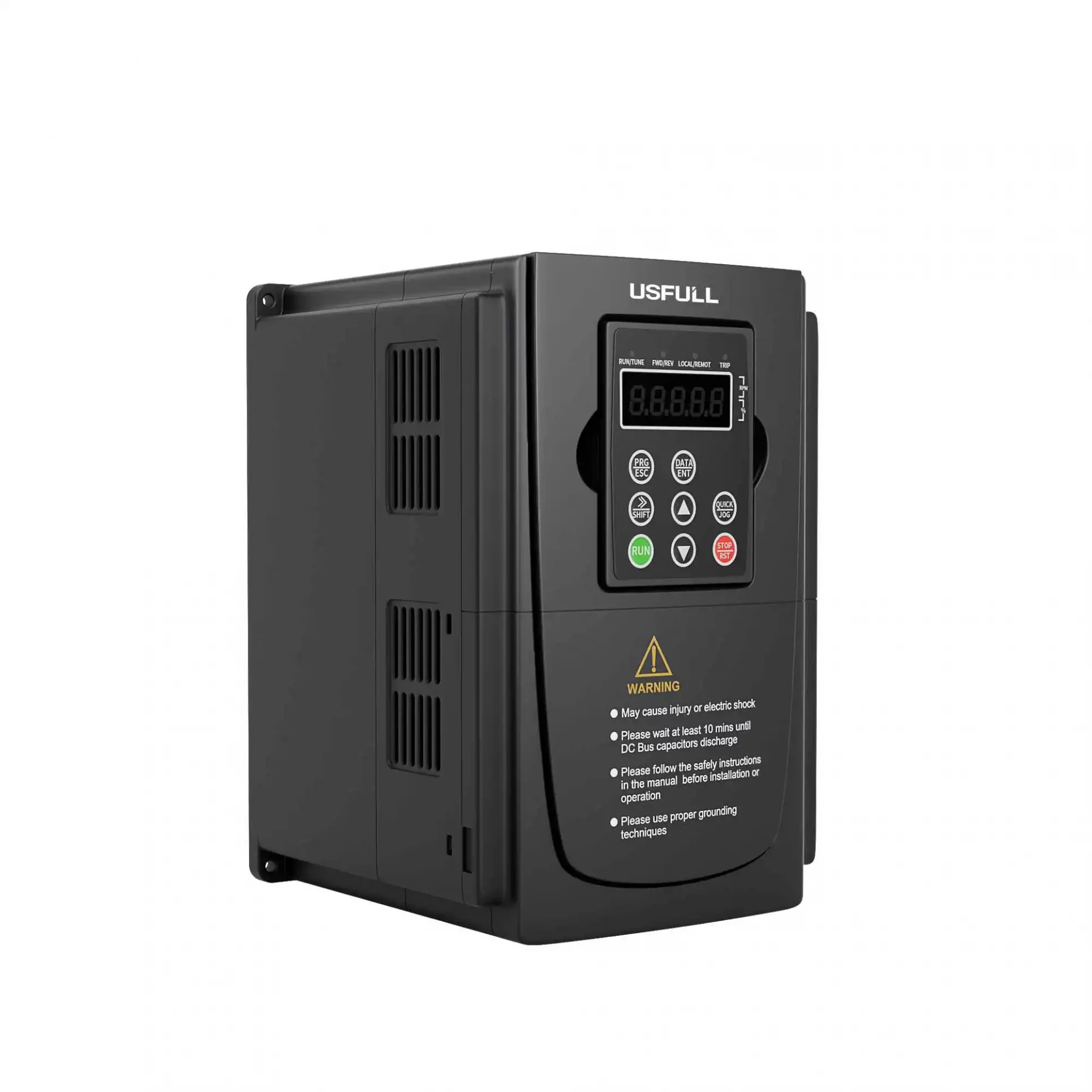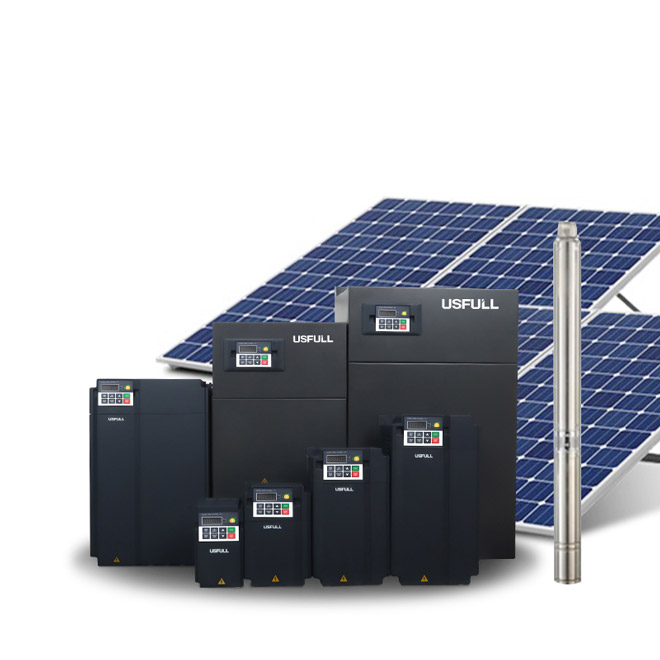100 per cent renewable energy network affordable, secure and ‘off the shelf’: study
Australia can build an affordable and secure electricity network with 100 per cent renewable energy, using existing technologies, according to research by the Australian National University (ANU).
So how would it work?
The study details plans for a zero-emissions grid which would rely on wind and solartechnology, supported by pumped hydro storage.
It could be set up with inexpensive, currently available, “off the shelf” products and eliminate the need for coal and gas-fired power.
At the moment, two-thirds of Australia’s electricity comes from coal-fired power stations but as they age and close — like Hazelwood will in Victoria next month — a reliable baseload capacity replacement must be found.
Affordable, reliable, but ‘hard to swallow’ for some
Professor Andrew Blakers from the ANU said wind and solar can be that replacement, with the support of off-river pumped hydro, where reservoirs at different altitudes can be used to store and generate power.
Professor Blakers is the lead author on the study which has found that by using solar and wind energy, supported by pumped hydro, Australia can have a cheap, stable, zero-emissions network.
So how much would it cost?
Modelled on current prices, Professor Blakers said the cost would drop from $93 a megawatt hour in 2016, down to $75 a megawatt hour in the 2020s.
“The affordability is there, photovoltaics and wind are now cheaper than gas and coal and will get much cheaper over the next decade,” Professor Blakers said.
“The reliability is there because we have done very careful, hour-by-hour analysis of the Australian electricity grid and we find that with a modest amount of storage and some increased interconnectors within the states, the entire stability can match anything coal and gas can deliver.”
Who supports it?
The plan has some strong backing — the Government’s own Renewable Energy Agency kicked in $450,000 for the research.
Dylan McConnell from Melbourne University’s Climate and Energy College said Australia needs to accept these are the energy systems of the future.
“The concept of baseload is basically an outdated concept — we need technologies that can meet our needs as they’re required,” Mr McConnell said.




